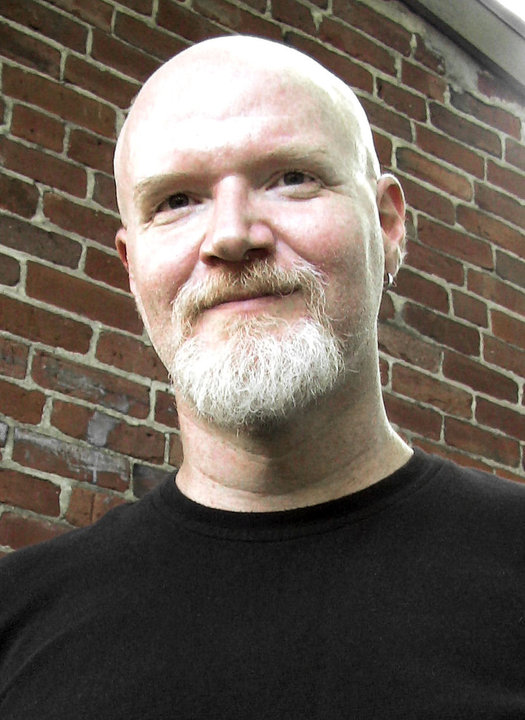According to an FBI FD-302 interrogation record dated May 22, 2002, two FBI agents questioned a Gitmo detainee who had been identified by Saudi and Kuwaiti officials as a suspect in the Khobar bombing.
The detainee had been identified as a Khobar suspect by both Saudi and Kuwaiti intelligence as early as 1996. He was allowed to emigrate to the United States and was living in Buffalo, New York, at the time of the September 11 attacks.
Despite the fact the detainee was known to two U.S. allies as a suspected terrorist, the detainee was able to leave the United States three weeks after 9/11 -- a period when thousands of Muslim men living here had been rounded up and were being held without charge by U.S. officials.
The detainee was eventually apprehended in Afghanistan, the report said.
Click here to view the full document (PDF).
In June 1996, a truck bomb detonated at Khobar Towers, a U.S. military dormitory in Dhahran, Saudi Arabia. Nineteen Americans were killed in the attack, which is believed to have been the work of Saudi Hezbollah.
For years, rumors have persisted that al Qaeda played a role in the attack as well. The 9/11 Commission reported that Osama bin Laden received congratulatory phone calls on the day of the attack and suggested a link. During the 1990s, al Qaeda and Hezbollah collaborated in terrorist training and other matters. The relationship between Hezbollah and al Qaeda was brokered by Ali Mohamed, an Egyptian-American who worked as a trainer for al Qaeda.
The detainee recounted a long history of close encounters with known al Qaeda networks, although he denied any involvement in terrorism.
In 1989, the detainee -- then 16 years old -- stayed at the Bait Al-Ansar guesthouse in Peshawar, Pakistan. The house was owned and operated by Osama bin Laden. Al Qaeda was founded in or around this location at the same time.
The detainee received training at the nascent al Qaeda's Al-Sideek camp near Khost, Afghanistan. He claimed he was physically unable to complete the training due to obesity and asked to be sent home.
But in 1995, he traveled to Bosnia, where he served alongside al Qaeda-linked Muslim fighters. The detainee claimed he was merely the unit's cook, but he displayed knowledge of al Qaeda-linked charities and fighting units in Bosnia during the interview with FBI agents. The detainee subsequently traveled to Chechnya, another al Qaeda-linked hot-spot.
Over the years, the detainee frequently returned to Saudi Arabia, where he worked as a liaison between the Saudi government and foreign contractors based in the kingdom. But in 1996, he decided to travel to Tajikistan to fight with Muslim jihadists there.
While he was awaiting a flight to Tajikistan out of Kuwait, the Khobar bombing occurred, according to the detainee. The detainee said he was held by Kuwaiti intelligence for 10 days and released without charge. A few weeks later, the detainee returned to Saudi Arabia where he was again arrested on suspicion of involvement in the Khobar attack, according to the detainee.
Saudi officials have released little information concering their investigation of the Khobar attack. Then-FBI director Louis Freeh and others have complained that the Saudi government obstructed their own efforts to investigate the bombing.
The detainee said he was arrested, interrogated and released repeatedly after his return to Saudi Arabia, and his passport was revoked for several years. Finally, the detainee mamanged to leave the country through a special passport program for Saudis of Bahraini descent. Despite his history with Saudi and Kuwait authorities, he was able to obtain a visa from the U.S. embassy and moved to the United States.
He lived in Indiana for several months, making visits to Michigan and Buffalo, New York, during this time. Eventually, he moved to Buffalo where he lived until three weeks after September 11, 2001. After the attacks, he left the country -- apparently without incident -- and traveled to Afghanistan through Iran.
The detainee is Juma Al Dosari, an al Qaeda recruiter, according to Jean-Charles Brisard, author of "Al Zarqawi: The New Face of al Qaeda."
The FD-302 document, or a very similar account, was obtained by Frontline and the New York Times in 2003, but has not been publicly released until now.
According to Frontline, Dosari was known as "the closer" for his prodigious recruiting skills. Dosari was profiled at some length in 2003.
The FBI believes he recruited the "Lackawanna Six" terror cell, whose members were convicted of providing material support to al Qaeda.
Another FD-302 included in the Gitmo release details the interrogation of an Egyptian prisoner who admitted that he was suspected in a 1995 attempt to assassinate Egyptian President Hosni Mubarak during a trip to Ethiopia (though he did not admit actually having a role in the attack).
Other detainees have also been alleged to be involved in this incident, which is believed to have been an Egyptian Islamic Jihad operation sponsored by Ayman al Zawahiri. Click to view PDF.
Click here for full text of all FBI-Gitmo records.





